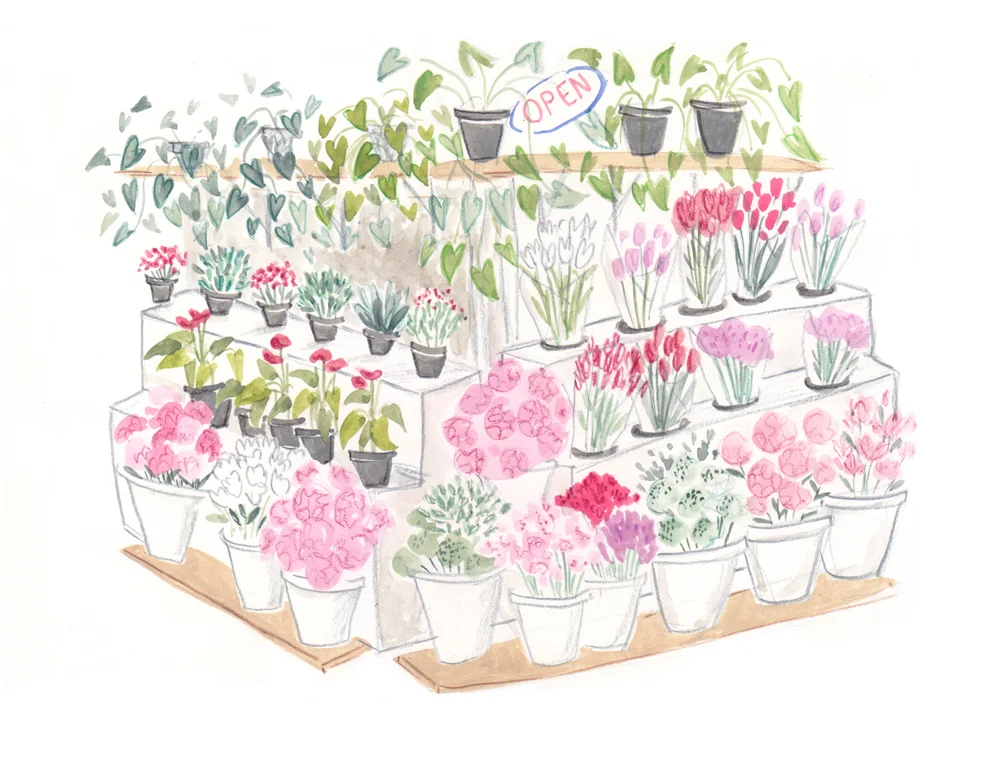
Getting Better at Drawing People
People often ask me how to get better at drawing people. For me the best way to get better at drawing people in a more natural way, understanding how to show movement and body language, is people watching.

Fear of the Blank Page
I don’t personally like the phrase ‘creative block’, but fear of the blank page is definitely real! As an artist and an art teacher I have learnt there are so many things that can hold people back from be creative. Having no ideas, having too many ideas, perfectionism and worrying the painting will be a failure, worrying about wasting expensive materials, and good old fear of the blank page.

Finding Inspiration
In this blog post I wanted to talk a little bit about inspiration. I personally define inspiration as feeling motivated to do something or create something. It's that feeling when you read a great book and immediately want to sketch the main character, or you go somewhere so beautiful that you can't stop taking photos, filming or sketching.
